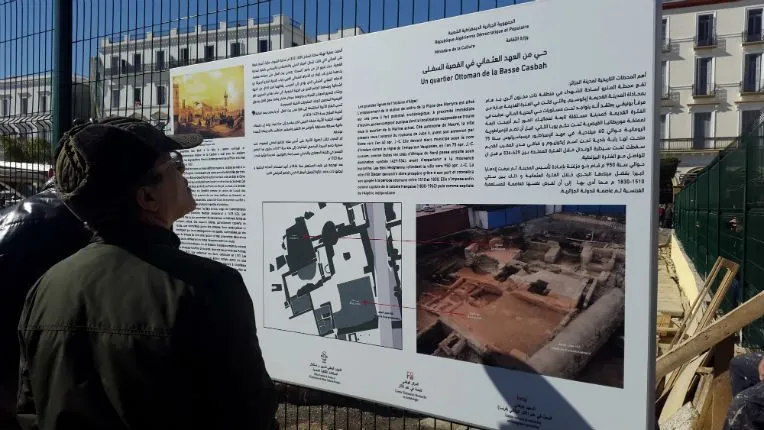The History of Public Transport in Algeria (4/10): the Metro
- COCKPIT
- Nov 30, 2024
- 3 min read
The first underground system was opened in London in 1863; it was in fact a network of steam-powered trains running in trenches. It was not until the 1890s that the first underground transport systems powered by electricity appeared, and then in many large cities around the world, each underground system bears the imprint of its era and culture.

The idea of a metro in Algiers germinated during the colonial era. A first metro project was developed in 1929-1930, then a second project, studied in 1959 by the RATP (Régie Autonome des Transports Parisiens). The project then acquired a real regional dimension and turned towards the hinterland in order to relieve the overloaded center and to revitalize the residential suburbs. If the metro project rose from its ashes, it then had to face competition from the suspended monorail. The suspended monorail is an aerial train attached to a rail that was developed from 1956 in France. The ambitious Algiers residents dreamed of installing this future symbol of modernity of "the capital of North Africa" in Algiers. But the RATP was firmly opposed to it and excluded this option from its study, on the grounds that the system was not very profitable, relatively expensive, and much less efficient than the metro. However, its fate would suffer an identical fate due to the war of liberation, at the very moment when the tramways of Algiers disappeared, a few years after those of Oran (1951), victims of the all-automobile and replaced by buses. The main agglomerations had monopolistic municipal authorities, such as the RSTA (Régie Syndicale des Transports Algérois) or the RMTC (Régie Municipale des Transports de Constantine).

However, it was not until after independence that the idea was revived, and more precisely the development plan of 1969-1970.

But it was only at the beginning of the 1980s that the project seemed to be able to move forward with the studies of SOFRETU (engineering subsidiary of the RATP) which planned the construction of a 64 km network composed of three lines and the creation in 1984 of the Algiers Metro Company (EMA). Alas, the crises, economic (fall in the price of oil in 1986), then political, slowed down the realization of the project and the hypothesis of the opening of a first section in 1989 (Algérie-Actualités, 1984) was postponed indefinitely: if the first spades were struck in 1990, only 3500 m of tunnel had been dug ten years later in a particularly difficult subsoil. The security situation during the 1990s, the lack of funding due to the oil crises, construction errors and a long legal dispute between the French company VINCI and the Entreprise du Métro d’Alger (EMA) each time pushed back the completion of the metro works. In 2002, the Algerian government relaunched the project with an international call for tenders and work resumed in 2003, but delays multiplied. It was therefore necessary to wait until 1 November 2011 for the first section of the first line (9.5 km, 10 stations) to be put into service between Tafourah-Grande Poste. The overall cost of this first phase would have been around 1,200 million euros. In 2024, the Algiers metro, the only one in the country, has an urban transport network in the capital covering an area of 10 municipalities over 16.8 km on 19 metro stations and is currently being extended. Ultimately, the goal is to extend the Algiers metro network to 60 km long and have 58 stations.
In particular, the station of La Place des Martyrs, Sahet Chouhada, hides in its depths almost the entire urban history of Ikosim, the ancient Punic trading post whose creation dates back to the 4th century BCE, it is the third museum station in the Mediterranean after those of Rome and Athens.
The second metro in Algeria is planned for the city of Oran. The Oran metro was presented in the Oran Wilaya Chamber in 2008 and its construction was scheduled for 2014.
In January 2014, although the technical study had not been completed, it was announced that a call for tenders involving international bidders would be launched for the first section, after the technical study was finalized. The first section, which would be 12.8 km (8.0 mi) long and have 13 stations, was to be opened to the public in 2020.
In March 2014, the Director of Transport for the Wilaya of Oran indicated that the technical study had been finalized. The expected cost of the project was estimated at 138 billion Algerian dinars (1.3 billion euros) and would be 19.66 kilometers (12.22 mi) long and include 20 stations. Construction was scheduled to begin in late 2014 for the first stage.
But construction never got underway and in 2024, ten years after the last announcements, the metro project is still at a standstill.

The next article is about the monorail.






















Comentários